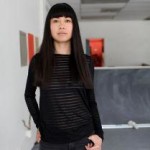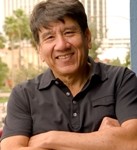Thank you to the many people who have been blog contributors to, and readers of ArtsBlog over the years. ArtsBlog has long been a space where we uplifted stories from the field that demonstrated how the arts strengthen our communities socially, educationally, and economically; where trends and issues and controversies were called out; and advocacy tools were provided to help you make the case for more arts funding and favorable arts policies.
As part of Americans for the Arts’ recent Strategic Realignment Process, we were asked to evaluate our storytelling communications platforms and evolve the way we share content. As a result, we launched the Designing Our Destiny portal to explore new ways of telling stories and sharing information, one that is consistent with our longtime practice of, “No numbers without a story, and no stories without a number.”
As we put our energy into developing this platform and reevaluate our communications strategies, we have put ArtsBlog on hold. That is, you can read past blog posts, but we are not posting new ones. You can look to the Designing Our Destiny portal and our news items feed on the Americans for the Arts website for stories you would have seen in ArtsBlog in the past.
ArtsBlog will remain online through this year as we determine the best way to archive this valuable resource and the knowledge you’ve shared here.
As ever, we are grateful for your participation in ArtsBlog and thank you for your work in advancing the arts. It is important, and you are important for doing it.


 Arlene Goldbard
Arlene Goldbard



 Nato Thompson
Nato Thompson

 Deborah Fisher
Deborah Fisher

 Jen Delos Reyes
Jen Delos Reyes

 Roberto Bedoya
Roberto Bedoya
Most Commented